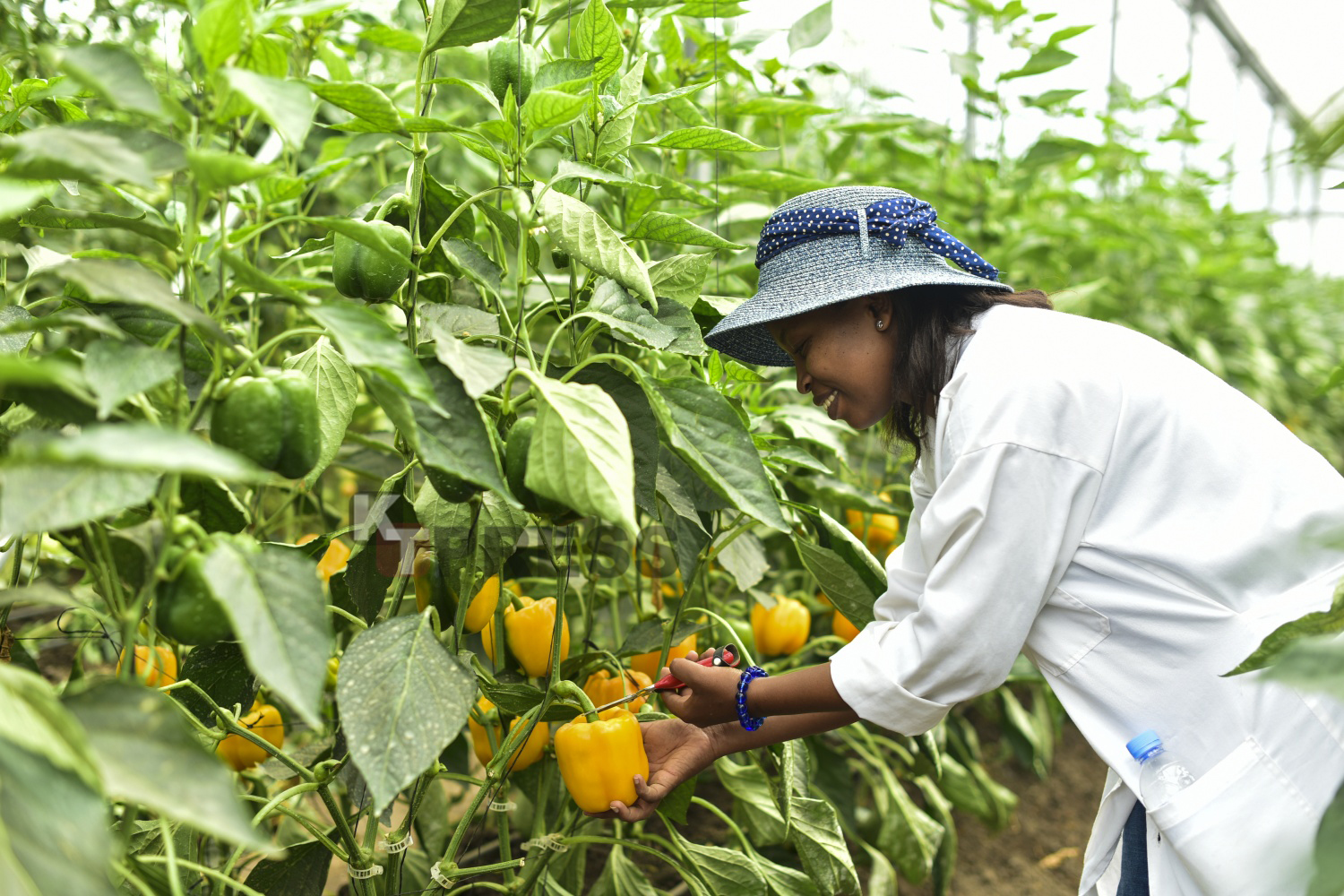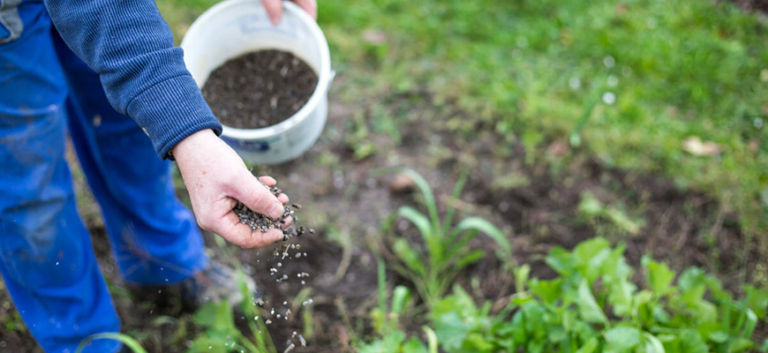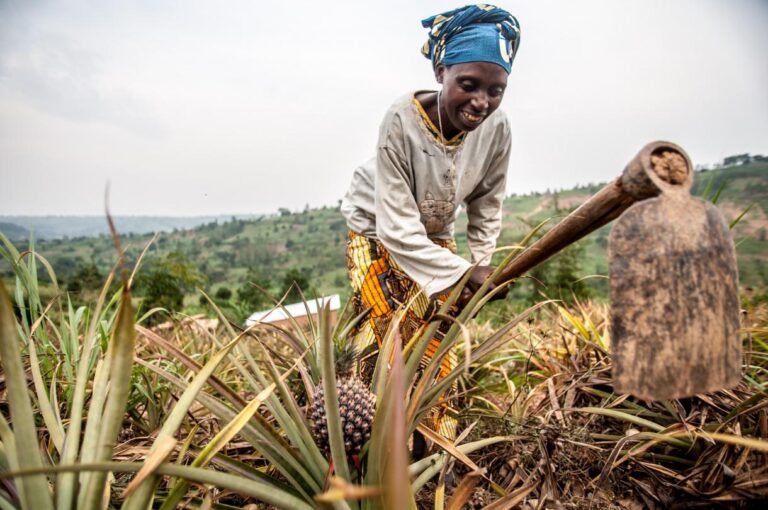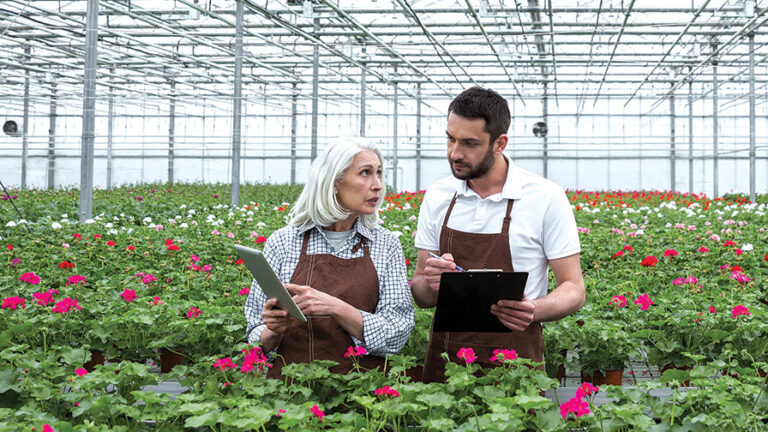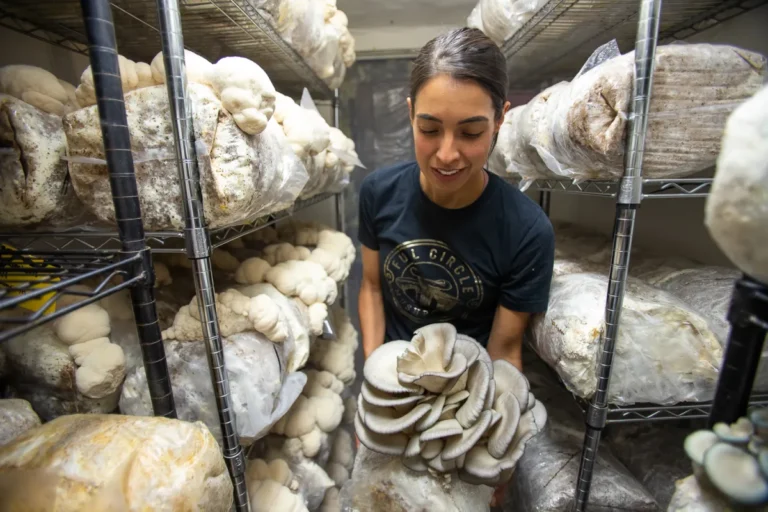Pepper plantation
Introduction
The purpose of this business plan is to outline the strategies and implementation plan for starting a pepper plantation in Africa. Pepper is one of the most widely used spices in the world and has a high demand in both the local and international markets. Our goal is to establish a sustainable and profitable pepper plantation that will contribute to the local economy and provide high-quality pepper to the market.

Business Description:
The pepper plantation will be located in a suitable location in Africa with favorable climatic conditions for growing pepper. The farm will cover an area of 50 hectares and will employ modern farming techniques and technology to maximize production and minimize costs. The plantation will primarily produce black pepper, which is the most widely used variety of pepper in the world.
Market Analysis:
The demand for pepper is constantly growing, with an increasing demand for high-quality, organic and sustainably produced pepper. The African market is relatively untapped, providing an opportunity for our pepper plantation to capture a significant share of the market. In addition, there is also a high demand for pepper in the international market, providing opportunities for exports.
Marketing and Sales Strategy:
The marketing and sales strategy will focus on building a strong brand reputation and establishing relationships with key distributors and buyers. The pepper will be sold in bulk to wholesalers, supermarkets, and restaurants, and will also be packaged for retail sales. The farm will also participate in local and international trade fairs and exhibitions to showcase the quality of the pepper and promote the brand.
Operations Plan:
The farm will employ a team of skilled and experienced professionals to manage the operations, including agronomists, farm managers, and laborers. The plantation will be managed using modern and sustainable farming techniques, including drip irrigation and integrated pest management, to ensure high yields and quality. The farm will also implement sustainable practices, such as composting and water management, to minimize environmental impact.
Financial Plan:
The total cost of starting the pepper plantation, including land acquisition, construction of infrastructure, and purchasing of equipment and seeds, is estimated to be $5000. The farm will generate revenue from the sale of pepper, and the financial projections indicate that the business will become profitable within three years of operations. The farm will also explore opportunities for grants and financing from government and private institutions to support the development and growth of the business.
Conclusion:
The pepper plantation has the potential to become a successful and sustainable business in Africa. With the increasing demand for high-quality pepper, a favorable investment climate, and a supportive government, the business is well-positioned for growth and success. The implementation of modern farming techniques, marketing strategies, and sustainable practices will ensure the success and profitability of the farm.
Here is a sample profit and loss (P&L) statement, showing the estimated expenses and revenue for a a pepper plantation business:
| Particulars | Amount (in $) |
| Revenue | 1000 |
| Cost of goods sold (COGS) | 600 |
| Gross profit | 400 |
| Operating expenses: | |
| Salaries and wages | 150 |
| Rent | 50 |
| Utilities | 20 |
| Advertising and marketing | 30 |
| Insurance | 15 |
| Depreciation | 1,0 |
| Total operating expenses | 275 |
| Operating profit | 125 |
| Interest expense | 10 |
| Taxes | 20 |
| Net profit | 95 |
Note: The amounts listed above are for illustration purposes only and may not be representative of actual expenses and revenue.
Explanation of Terms:
- Revenue: The total amount of money earned from sales
- COGS: The cost of producing and selling the products or services, including raw materials, labor, and overhead expenses.
- Gross profit: The profit earned after subtracting COGS from revenue
- Operating expenses: The day-to-day expenses incurred while running the business, such as salaries, rent, utilities, advertising, and insurance.
- Operating profit: The profit earned after subtracting operating expenses from gross profit
- Interest expense: The cost of borrowing money from a lender or using a credit card for business purposes
- Taxes: The amount owed to the government in the form of taxes
- Net profit: The profit earned after subtracting all expenses, including interest and taxes, from operating profit.
This P&L statement provides a snapshot of the financial performance of the business over a specific period, typically a month or a year. It helps the business owner to understand the sources of revenue and the expenses incurred, and to make informed decisions to improve the bottom line.

